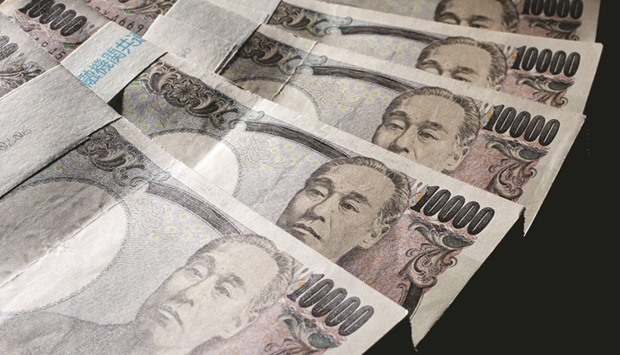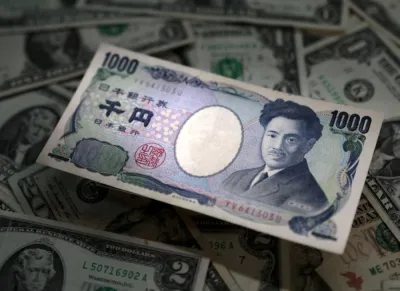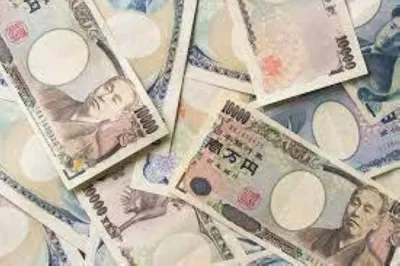Morgan Stanley is turning more bearish on the yen after reversing a bullish call as the currency failed to strengthen past 100 per dollar in September.
Japan’s currency is set for a “significant” drop versus the dollar as the market is underestimating the extent of interest-rate increases by the Federal Reserve, said Hans Redeker, Morgan Stanley’s London-based chief global currency strategist.
President-elect Donald Trump’s promise of fiscal stimulus in the US has sparked a selloff in Treasuries, sending US yields higher relative to those on Japanese government bonds and boosting the dollar.
“It is very likely that we are going to rip higher in dollar-yen,” Redeker said in an interview in Singapore. “Real yields on a relative basis are now working pretty much in favor of dollar-yen.”
The yen slid to a five-month low of 110.78 per dollar yesterday after Fed Chair Janet Yellen said the previous day an interest-rate hike could come “relatively soon.” The yen is the worst performer among developed-market peers this quarter, after weakening more than 8% to 110.63 in Tokyo.
Morgan Stanley analysts led by Redeker said in report dated October 13 that Japan’s currency had reached a “turning point” and would weaken. The bank’s “main bullish call” is for the greenback to strengthen against the yen, followed by the US currency to rise against the won, he said in the interview.
South Korea’s won is set to slide as its monetary policy diverges with the US and a depreciating yen sparks concern it will reduce the competitiveness of the nation’s exports, according to the Wall Street firm.
The won is the third-worst currency among 16 major peers this quarter, having lost 6.8%. Morgan Stanley, which is reviewing its end-2017 estimate for the won currently at 1,250 per dollar, sees Bank of Korea joining counterparts in Japan and Europe in quantitative easing in addition to reducing further its record-low policy rate of 1.25%.
The won was at 1,182.07 per dollar, after reaching this year’s low of 1,245.20 in February.
South Korea is showing similarities with Japan as a aging society spends less, curbing inflation. The UN forecasts the ratio of people in Asia over 60 will more than double by 2050, led by Japan to 41% of the population and South Korea 39%. Household debt rose to 1,257tn won ($1.06tn) as of end-June.
“The Korean economy is facing structural headwinds, similar to Japan 20 years ago,” Jesper Rooth, Morgan Stanley’s Hong Kong-based macro strategist for Asia ex-Japan, said in the interview.
“They’ve got debt problems, demographics and this is all creating disinflation pressures in the Korean economy. We think that means for the Bank of Korea, they will have to lower the policy rates in the next 12 to 24 months. ”
Morgan Stanley predicts the BoK will cut its policy rate by 75 basis points in the first three quarters of 2017.
The central bank and the government both forecast South Korea’s economy to grow close to 3% next year. Analysts surveyed by Bloomberg are less optimistic, with a median projection of 2.7% estimate for 2016 and 2.6% next year.
“The likelihood we are going to see more rate hikes in America developing over the course of next year and the year after is significant,” said Redeker. “The Korean won is going to likely depreciate hard. Secondly, rates in Korea are likely to come down.”

Morgan Stanley is turning more bearish on the yen after reversing a bullish call as the currency failed to strengthen past 100 per dollar in September


